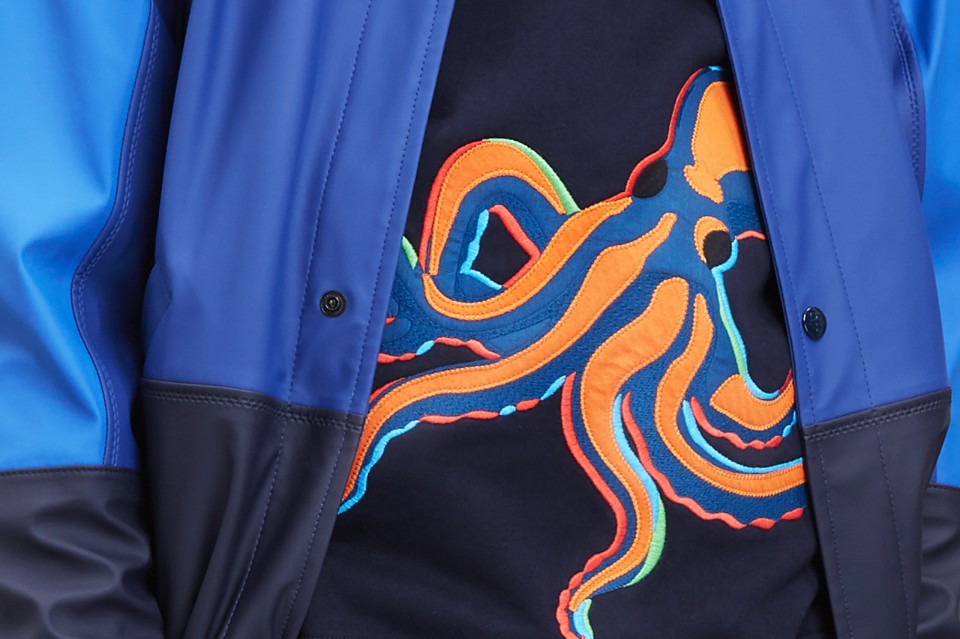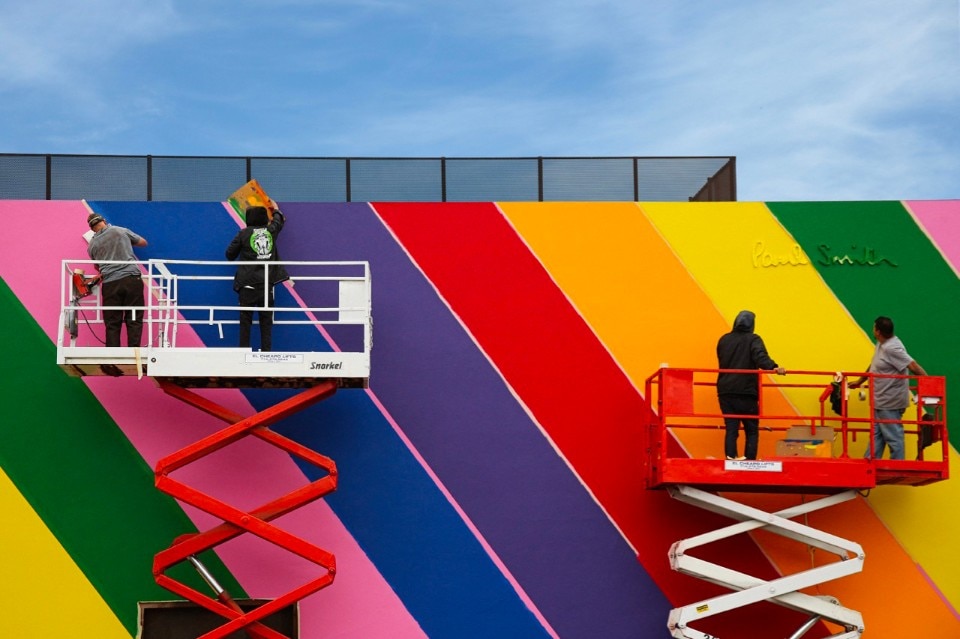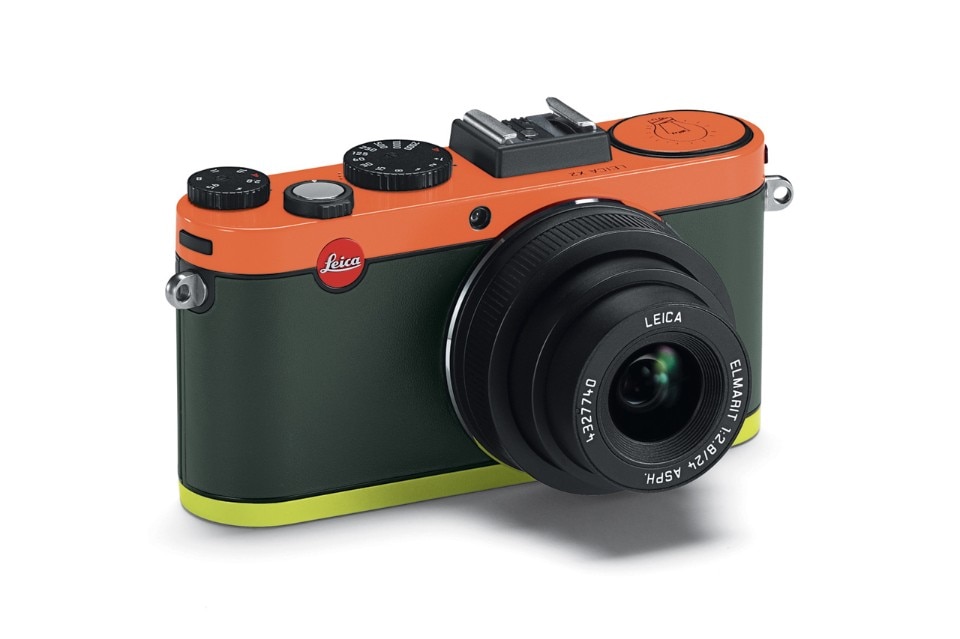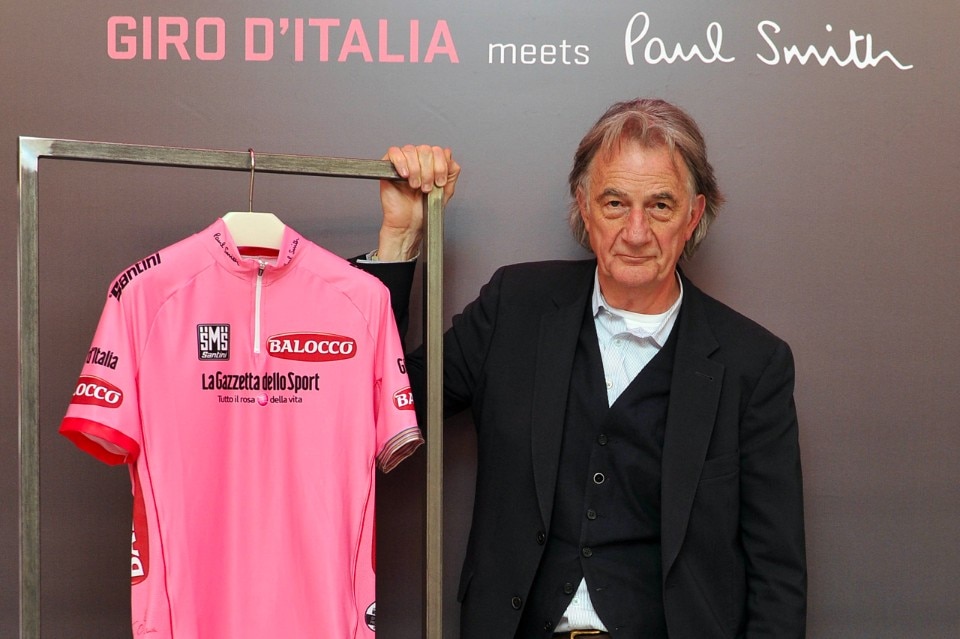Consecrated in 2013 by London’s Design Museum with the one-man exhibition “Hello, My Name Is Paul Smith”, the creative talent from North England has always maintained a clear outlook and a free approach to design throughout his 40-year career. He has put his name to joint works in a variety of fields, designing everything from the pink jersey of the Giro d’Italia to a camera for Leica, via a carpet collection for the UK brand The Rug Company.
We met him this June in Florence, where he returned after 24 years to animate the Pitti Uomo men’s fashion event and launch his new spring/summer 2018 PS Paul Smith collection at the Fortezza da Basso, inspired by the iconic and playful image of an octopus.
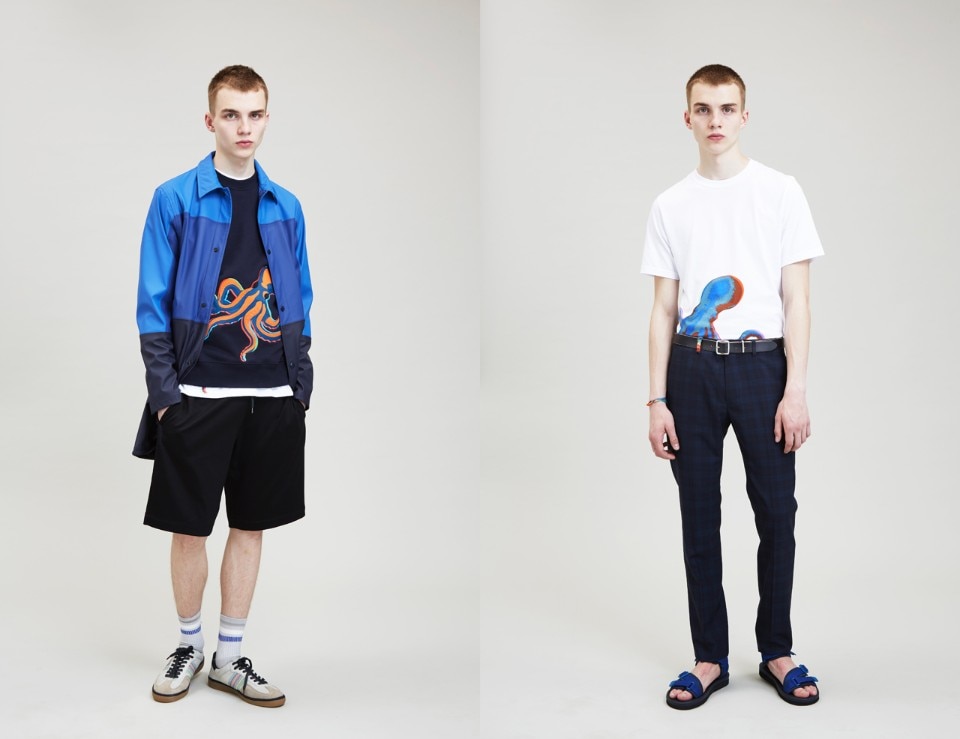
Domusweb: Can you tell us about your relationship with Domus?
Paul Smith: Graphic designers, architects, actors and musicians, and generally speaking my customers, are quite creative people, so I’ve been getting copies of Domus for many years. Even when I lived in the north of England, I somehow used to have the magazine delivered, which is easy nowadays, but back then it was pretty complicated.
Domusweb: As a designer, you display a unique ability to anticipate trends not only in fashion, but also in wider contexts.
Paul Smith: I’ve always been interested in all aspects of design. If you think about the ’80s, and the whole Japanese invasion of Europe, or minimal fashion, what happened was that interiors became very minimal, all black and white with no decoration. But it’s fascinating to observe how this changes with different periods. For example, right now we’re seeing more flamboyant fashion, with more embellishment and embroidery, and in interior design we’re starting to use rugs again. With many designers we’re now doing embroidered lapels, or using patterns and prints. Architects haven’t really embraced this direction, but interior designers are introducing a lot more colour and pattern, and even rugs and carpets. People didn’t use rugs for a long time, and now they’re back, which is quite interesting.
Generally, architecture around the world still seems to be quite minimal, with the exception of Gehry or a few of the more flamboyant designers. But there’s still a lot of very minimal architecture being designed, especially by the Japanese architects, as well as British architects like David Chipperfield and John Pawson. I opened a shop in Covent Garden in London in 1979, and it was the first minimal shop in all of England. So then suddenly Richard Rogers and Norman Foster were coming to my shop because they were so surprised to see such a minimal concrete space. There weren’t really any other shops with a similar aesthetic. Many shops in that period were in wood, with more rugs and more texture. So maybe that was the beginning, when I did that minimal interior all those years ago. But then during my career I’ve also used wood, dark wood and raw bricks. Currently most of my shops are fairly modern, but still with colour, still with texture, and this is quite unusual because most shops are actually very minimal.
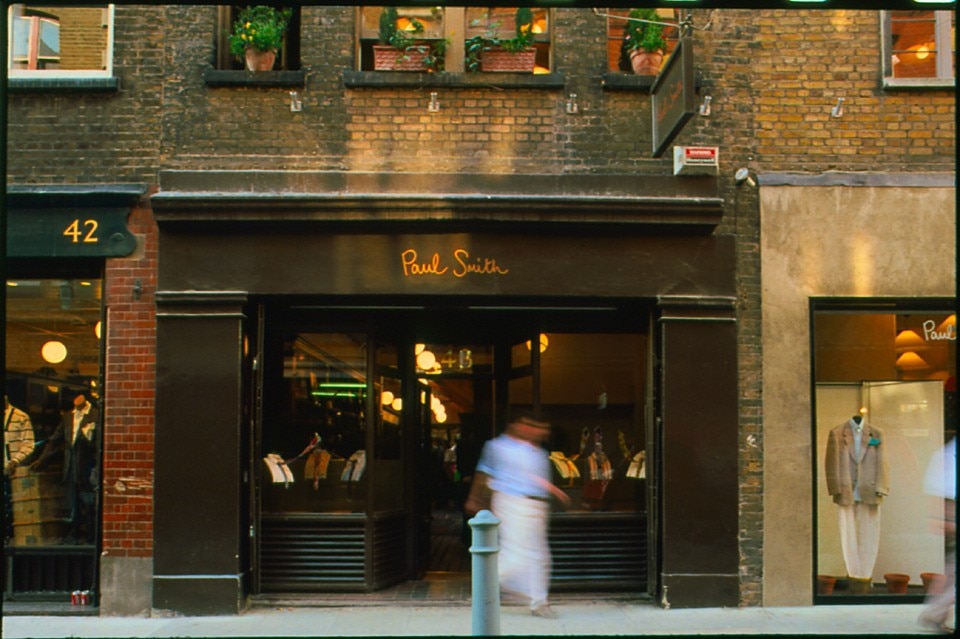
Domusweb: If we think of history as being made of long-term cycles, those years were not so long ago at all. What was special about what your generation of designers created in the ’80s?
Paul Smith: In a way, I think my age group of designers were very privileged in the fact that we could be a lot more experimental. Nowadays the world is so homogenised. We get information instantly through the Internet, and we can find out what’s happening immediately with our phones. Back then, we weren’t so self-conscious, whereas now we’re very self-conscious. People are always saying, “Oh, we fit into this category,” or “Oh no, we fit into that category.” Whereas in the ’80s, we used to just go ahead and think, “Ah well, let’s do that shop in pink, this shop in blue, and that other shop with flowers.” Now it’s all about whether a particular style fits in with the brand identity. It’s much more considered, like everything always has to be part of a business plan. Whereas back then it was far more laidback. I think there was a lot more freedom, as if things came more just from your heart or instinct.
Domusweb: As I can see from your new spring/summer ’18 PS Paul Smith collection, you’ve once again been quite bold by adopting the image of the octopus…
Paul Smith: It’s there to make you smile, but also because octopuses are very clever and can do many things at the same time. That’s what I’m like: I do many things all at once. I also like octopuses because they can go very small or very big, and they’re very quick.
Domusweb: Is it important for your creative process to maintain this kind of freedom?
Paul Smith: Paul Smith is still an individually owned company. We’re not part of a big group, unlike many other fashion companies. Obviously, they have to consider the brand image and the shareholders, and they’re under a lot of pressure to make more and more money. When you’re independent, you still need money, but you can have two years where you’re a bit more laidback, then two years when you’re more aggressive. You can flow more from the heart, rather than always being about the balance sheet.
Domusweb: You came back to Pitti this year, 24 years after the last time you took part. What led to your return?
Paul Smith: I was the first ever special guest in 1993, and now Mr Raffaello Napoleone from Pitti invited me back. I thought it coincided nicely with the revitalisation of my PS collection, which is the second line. Before, we had two second collections – PS and Jeans – so we merged them together, and then we have Paul Smith as the high line.
Mr Napoleone’s invitation represented a great opportunity for me to actually present the PS collection. So rather than do it just once, last January, we decided to do it a second time, so that the visitors can remember that we’re here. I’ve no idea whether we’ll do it a third or fourth time, but we’re pleased to be here now, and the octopus is stirring up a lot of interest. The styling is also quite interesting, with a little key ring and a little fabric around the wrist.
Domusweb: In January, you launched a PS collection which was heavily inspired by cycling. What about the inspiration for your latest collection?
Paul Smith: Yes, exactly, but if you look closely, there’s still a lot of cycling-inspired zinc tops with stripes. But there are also some organic pieces in materials like organic cotton, which is really nice. Then there’s the big messenger bag. It resembles a typical London messenger bike bag, like the ones used by bicycle couriers. That’s got a distinctly London vibe about it. Obviously, it’s all coordinated with what we showed last time, so there’s a lot of activewear, things that fold up very small, waterproof and windproof garments, and so on. Then we’ve got some really good trainers which are inspired by my era, the ’70s, and they’ve been very popular too.
I used to be a racing cyclist when I was a teenager, so I’ve always had a close relationship with cycling. Then there’s the brand called Rapha, which is an English label that only specialises in cycling clothing. I’ve designed some clothes for them, but people keep asking me to do a cycle collection myself. I haven’t done one yet, although I did do the pink jersey for the Giro d’Italia. The cycling-inspired knitwear has also been very popular. Actually, a lot of young bands have been buying the knitwear to wear on stage. For example, there’s a really talented band from France called Christina and the Queens. She’s a fabulous girl, and she wears Paul Smith practically all the time! You should look her up. She looks great. She has a good dance troupe behind her as well, and she’s an amazing dancer herself.
Domusweb: I’d like to end this interview with a more personal question: can you reveal your wardrobe to us?
Paul Smith: Well, what’s interesting with me as a fashion designer is that I always dress quite simply. I travel the world every week of my life, so simplicity really works for me, such as a simple navy-blue cotton suit. I like suits because I think of them as a frame around a painting or photograph. So the suit is like the frame and then the picture is the shirt or the tie or the colour. That’s what I like.

